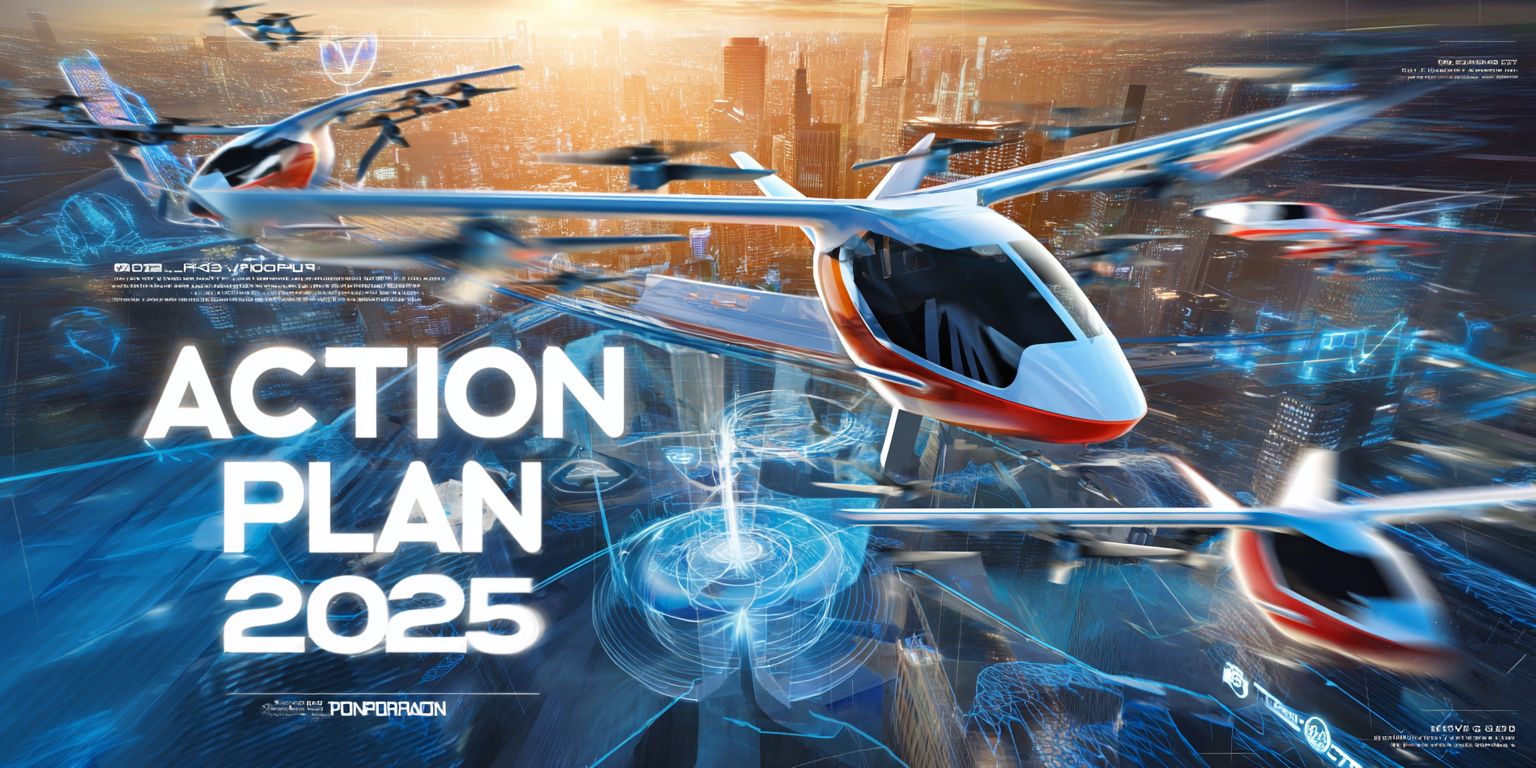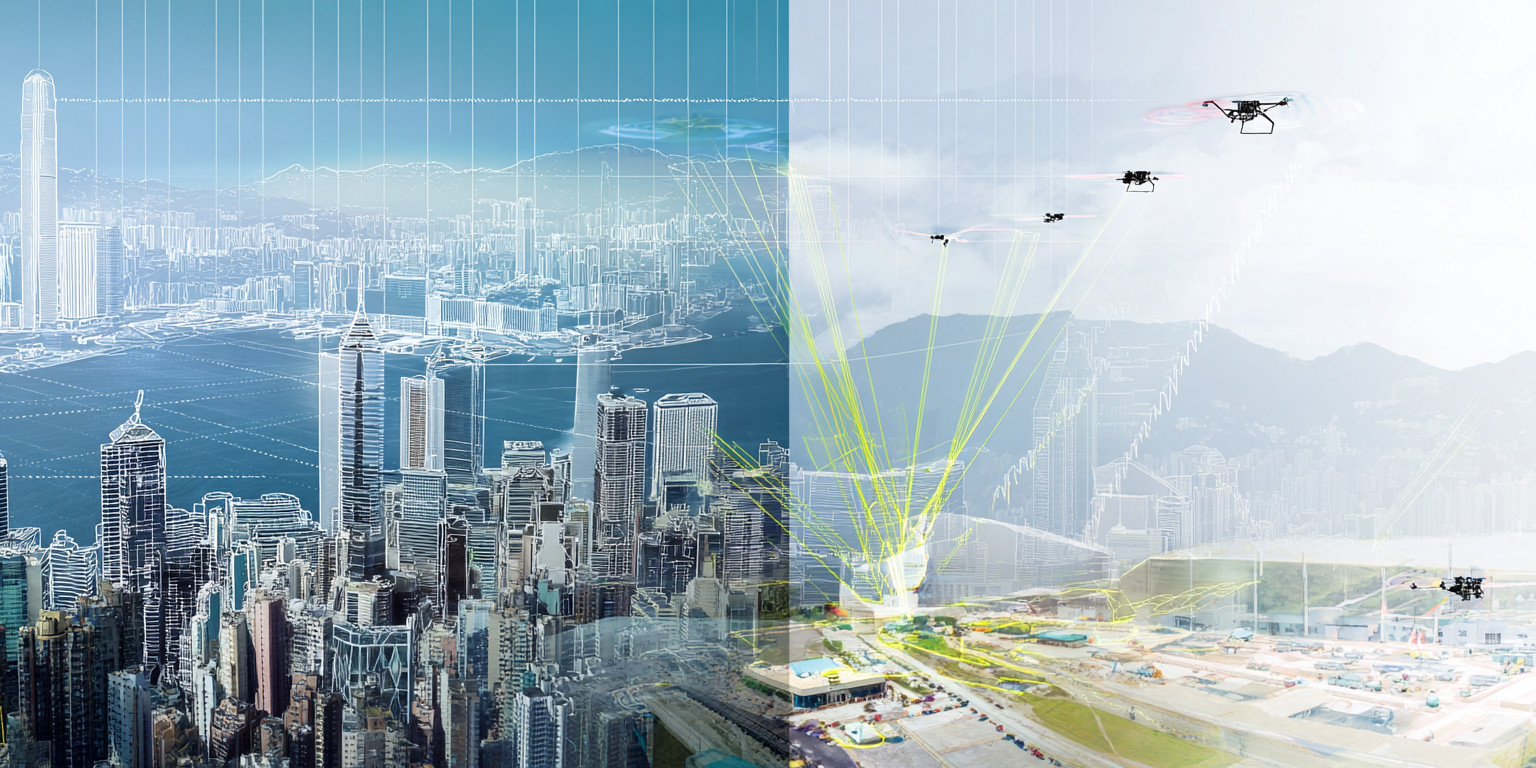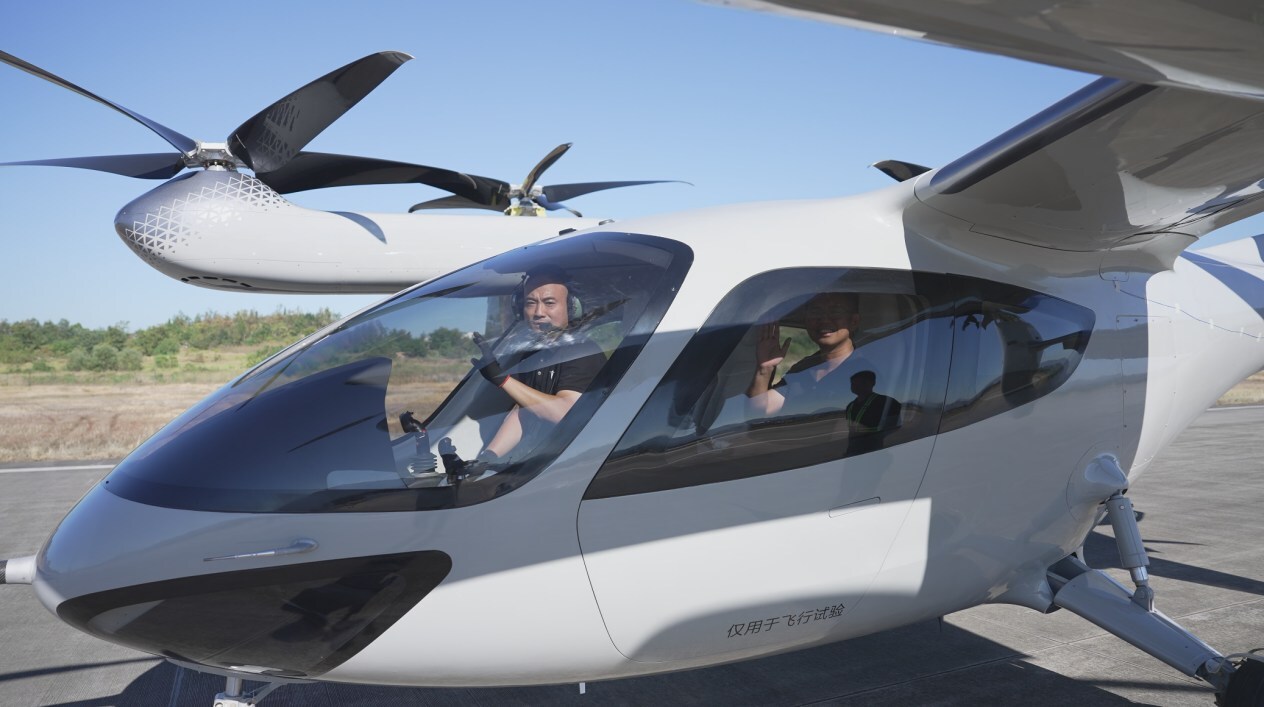eVTOL News | Electric Aircraft News | Advanced Air Mobility News
News
- How High-Resolution Weather Forecasting is the Key to Unlocking Advanced Air Mobility
- Vertiport Digital Twins: The Virtual Foundation Powering Real-World Vertiport Operations
- EHang's VT35: China Extends Its Lead in Autonomous Low Altitude mobility
- The Low Altitude Economy Market Roller Coaster: eVTOL Market Volatility Analysis
- MightyFly's Healthcare Deal Signals New Era for Low-Altitude Logistics
- Hanzhong Launches Aerial Tourism with EHang's Autonomous Aircraft EH216-S
- The Kansas Advanced Air Mobility Strategy Positions the State to Lead the Low Altitude Economy
- The Low Altitude Economy Infrastructure Mirage
- MIT's Sodium Fuel Cell Could Jump Start the Low-Altitude Economy
- Brazil’s ANAC sees realistic path to certify Embraer’s Eve eVTOL by late 2027
Advanced Air Mobility News








